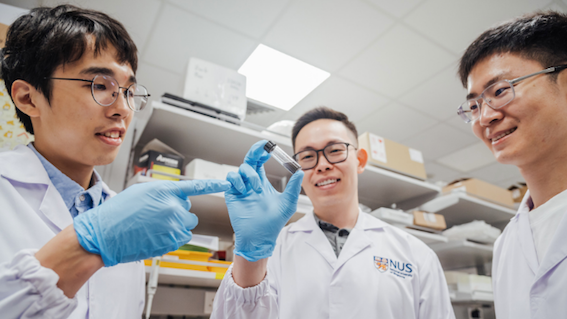
Diabetic patients, whose natural wound-healing capabilities are compromised, often develop chronic wounds that are slow to heal. Such non-healing wounds could cause serious infections resulting in painful outcomes such as limb amputation.
To address this global healthcare challenge, a team of researchers from the National University of Singapore (NUS) have engineered an innovative magnetic wound-healing gel that promises to accelerate the healing of diabetic wounds, reduce the rates of recurrence, and in turn, lower the incidents of limb amputations.
Lab tests showed the treatment coupled with magnetic stimulation healed diabetic wounds about three times faster than current conventional approaches. Furthermore, while the research has focused on healing diabetic foot ulcers, the technology has potential for treating a wide range of complex wounds such as burns.
The researchers are conducting more tests to further refine the magnetic wound-healing gel to improve its effectiveness. They are also collaborating with a clinical partner to test the effectiveness of the gel using diabetic human tissues.
Every year, there are around 9.1 to 26.1 million cases of diabetic foot ulcer worldwide, and around 15 to 25 per cent of patients with diabetes will develop a diabetic foot ulcer during their lifetime. Singapore has one of the highest rates of lower limb amputation due to diabetes globally, averaging around four per day.




